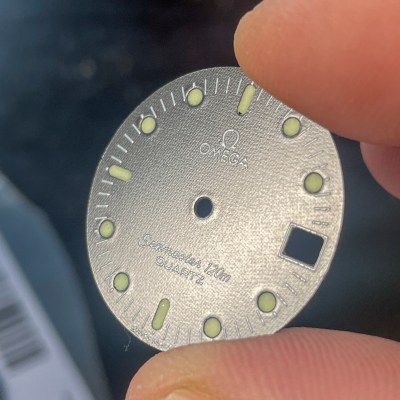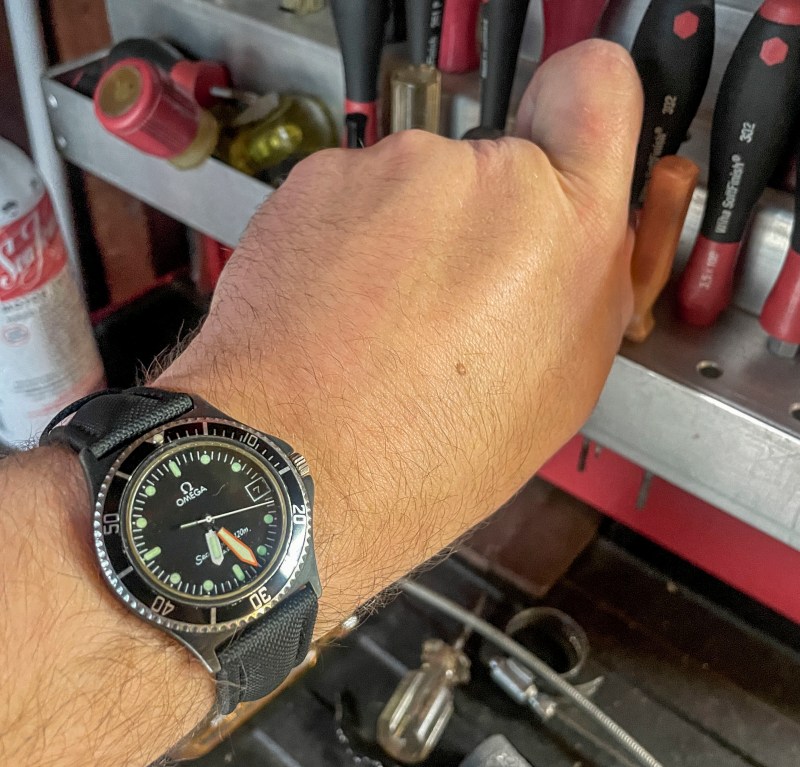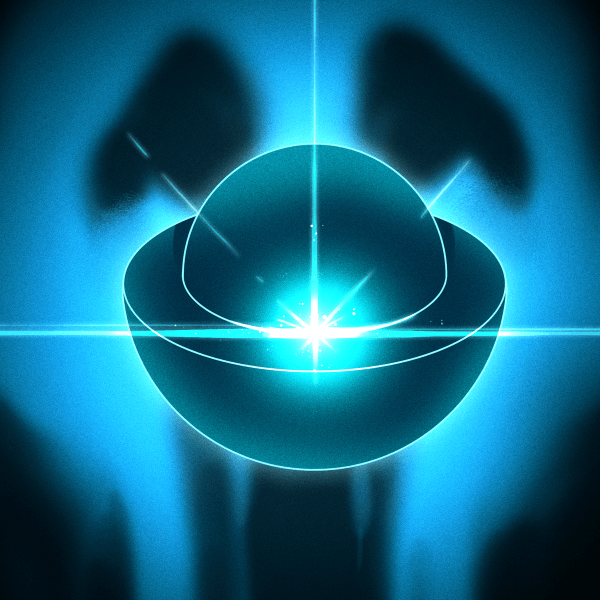[STR-Alorman] is into vintage watches, particularly Omega Seamaster quartz numbers from the 1980s. Among his favorites is the Seamaster Calypso III, a precious few of which were created in a lovely and rare black-on-black colorway. [STR-Alorman] found one on online, but it had a number of problems including a scratched-up face. Having done a respectable amount of PCB design and assembly, he decided to make a new face and have it fabbed.

After taking scale-referenced photos with a DSLR, [STR-Alorman] created vectors in Illustrator and then ported those to KiCad. He sent two versions to the board house — one with holes at index points, and one without — because he wasn’t sure which would be better for applying the luminization compound that makes them glow. Spoiler alert: it was the one with the cutouts.
Once this was done, [STR-Alorman] reassembled the movement, which doesn’t look easy at all, and involved getting the height of a bit of CA glue just right so as not to interfere with the movement of the date wheel. He replaced the bezel insert, re-luminized the hands, and now has a beautiful timepiece.
We believe only the nerdiest of nerds could tell this is a PCB, and they would need exactly the right light to make that determination. Here’s a watch that leaves no doubt about it.

















Cool idea, you can also use a combination of the copper layer and solder mask to get better definition on the text and lines. The silkscreen is pretty low res usually, but the copper layers can be super high definition + they can be finished in silver (HASL), or gold (ENIG) which are nice looking options.
This is a neat idea to add more depth! I wish I had thought of this. Perhaps on the next round!
As an avid watcher of watch repair yt channels I know that repairing watch faces is usually a no-no. Either you get a replacement, or clean the dirt leaving the patina and whatever wear marks (to preserve the watch “character”). Rarely you replace a broken leg.
Some people will cry murder seeing this, but this is a good ideea for manufacturing various flat pieces / parts.
Interesting concept, poor execution. He should have used replacement dial feet or dial dots instead of supergluing the replacement dial to the movement. It might be a pain for the next watchmaker that goes to put in a genuine or properly pad-printed refurbished dial.
I would love to do dial dots! Do you have a link? Or a link to dial feet?
The super glue is a tiny amount to a flat part of the movement and easily comes off (to get this right, I had to do it about 3 times).
Search esslinger.com for these SKUs to get an idea. They can be found on lots of other sites too.
SKU: 80.122
SKU: 64.518
Dial “double sideed tape”
https://www.esslinger.com/watch-repair-parts-watch-dial-adhesives-package-of-100/
dial “feet”
https://www.esslinger.com/horotec-watch-dial-feet-10-pieces/